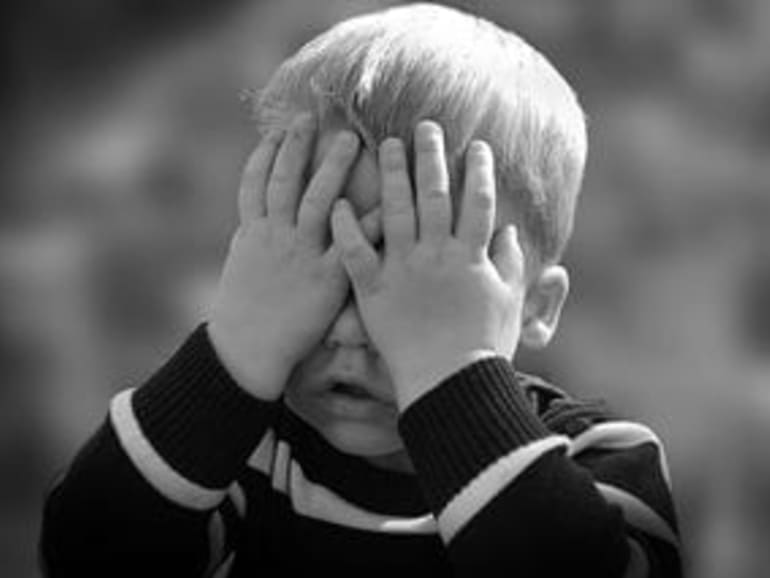The prevalence of dual diagnosis conditions only makes sense. Dual diagnosis describes someone with both a mental health disorder and a substance use disorder. They are also referred to as co-occurring disorders. If you have any experience living with a mental health disorder, it might make sense why a substance use disorder might come along with it.
Those who cannot receive proper treatment for their mental health often self-medicate with drugs or alcohol. The effects of these substances provide relief from symptoms of mental disorders. That relief is only temporary, though. Once the effects wear off you usually feel worse than before.
In 2014, a reported 46.3 million adults ages 18 and older lived with a mental health disorder, according to the National Survey on Drug Use and Health. Of those people, 7.9 million met the qualifications for a dual diagnosis condition.
So what are the most common dual diagnosis conditions? Any time a mental illness and a substance use disorder coexist, a person qualifies for dual diagnosis. Still, some mental health disorders are more commonly seen in those with dual diagnosis than others.
Continue reading to find out the top 5 most common dual diagnosis conditions.
1. Depression
Depression, both situational depression and major depressive disorder, is the most common mental disorder. In fact, 6.6 percent of the American adult population experienced at least one major depressive episode in 2014.
Depression isn’t as simple as feeling sad or unhappy. People with depression live with symptoms that not only impact the way they feel and think but how they sleep, eat, and get through the day.
People with depression commonly feel an overwhelming hopelessness and a sense that it will never go away. Some use drugs and alcohol to escape this never ending despair. This makes depression one of the most common dual diagnosis conditions.
However, even though it may not feel like it while drinking, alcohol is a depressant. Over time, consistent drinking leads to an even greater decrease in mood and often makes symptoms of depression even worse.

2. Anxiety disorders
It’s normal to feel anxious before meeting someone new or giving a presentation in school or at work. People with anxiety disorders experience more than a few minutes or hours of nervousness. Their anxiety is often constant and sometimes debilitating. This leads to a negative impact on their quality of life.
Anxiety disorders include many different conditions characterized by the common symptom of anxiety. The overarching term “anxiety disorders” includes conditions such as:
- Generalized Anxiety Disorder (GAD)
- Panic disorder
- Agoraphobia
- Phobia-related disorders
- Social anxiety disorder
- Separation anxiety disorder
Drugs and alcohol may help to relieve some of the anxiety over a short-term period. But as people depend on the relief from these substances, they develop a substance use disorder. This leads to anxiety disorders qualifying as one of the top dual diagnosis conditions.

3. Post-traumatic stress disorder
Post-traumatic stress disorder (PTSD) is another common dual diagnosis condition. PTSD is a mental health disorder developed as as result of living through a traumatic experience. These experiences include events like:
- Living through a sexual or physical assault
- Fighting in a war
- Surviving a severe car accident
- Extreme neglect during childhood
The symptoms of PTSD range from minimal to extreme. They often keep people from fully living their lives. If not treated right away, PTSD effects may settle in and become difficult to overcome. Drugs and alcohol help relieve the symptoms of untreated post-traumatic stress disorder.
Unfortunately, their substance dependence ultimately makes their symptoms worse. As a result, many find themselves in a vicious cycle of symptoms and substances. They may develop a substance use disorder if they do not seek treatment.

4. Personality disorders
Personality disorders are mental illnesses marked by long-held patterns of thought and resulting behaviors. These resulting behaviors impact the ability to form healthy relationships with others. The cause of personality disorders has yet to be discovered. Still, they are an incredibly common dual diagnosis condition.
The Diagnostic and Statistical Manual of Mental Disorders (DSM-V) different personality disorders. The DSM-V splits these disorders into three different categories or “clusters”:
- Cluster A (Bizarre, eccentric, erratic)
- Paranoid personality disorder
- Schizoid personality disorder
- Schizotypal personality disorder
- Cluster B (Erratic, dramatic)
- Antisocial personality disorder
- Borderline personality disorder
- Histrionic personality disorder
- Narcissistic personality disorder
- Cluster C (Fearful, anxious)
- Avoidant personality disorder
- Dependent personality disorder
- Obsessive-compulsive personality disorder
5. Bipolar disorder
Bipolar disorder may be one of the most misunderstood mental disorders. Many believe that bipolar disorder describes those who experience extreme mood swings and are quick to frustration or anger. Although bipolar disorder is characterized by significant shifts in mood, these moods last for days to weeks rather than minutes or hours.
Individuals with bipolar disorder shift between manic episodes and depressive episodes. During a manic episode, they have excessive amounts of energy, tend to be impulsive, and often find themselves in dangerous situations. During a depressive episode they experience the symptoms of depression. These often worsen in response to decisions made while in a manic episode.
Alcohol and drugs might seem to limit or lessen the extreme jumps between mania and depression. They only push off dealing with the symptoms, though, and create additional cases of dual diagnosis conditions.

What is a dual diagnosis? It's a type of addiction treatment that's absolutely necessary for those with co-occurring mental illnesses.
More infoFinding Treatment for Dual Diagnosis Conditions
If you struggle with a mental health disorder, you may find that you rely on substance use to help relieve some of your symptoms. As your reliance upon them increases, though, it’s harder to stop using them. It is difficult to quit drinking and using drugs to begin with. When you add the symptoms of a mental health disorder, it might seem impossible.

Some addiction treatment centers, such as Hawaii Island Recovery, specialize in the treatment of dual diagnosis conditions. Once you separate from drugs and alcohol, these facilities address the root cause of your drinking and using: your mental health. You can start to work on treating your mental disorder after the drugs and alcohol are out of the picture.
You might feel like you are alone but you will meet many who understand what you live with every day. Take the first step towards a life free from drugs, alcohol, and overwhelming symptoms by
Call our facility today at 877-721-3556.
 Hawaii Island Recovery
Hawaii Island Recovery 










